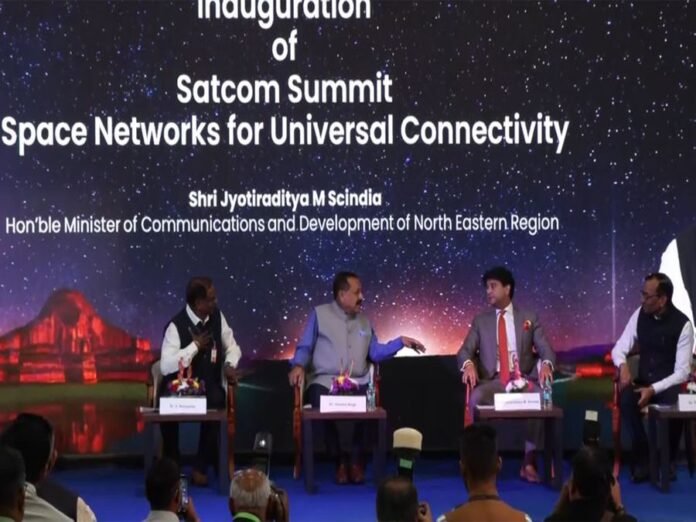India’s satellite communications world just stepped up a level with the first Satcom Summit held during the India Mobile Congress (IMC) 2025 in New Delhi. The event, called Space Networks for Universal Connectivity, drew top policymakers, industry leaders and tech innovators to talk about how satellite technology can close India’s digital gap and speed up inclusive growth.
What the Summit Covered
- Bridging the Digital Divide – A focus on using satellites for broadband access in rural and remote areas, so everyone—from a classroom teacher in a Himalayan village to a small‑business owner on a coast line—gets reliable internet.
- India’s Leadership in Space – The summit highlighted how India is not just a user of satellite tech but a maker, with projects like the NISAR mission proving the country can innovate at the same pace as the world.
- Future Connections – Discussions went beyond today’s systems to next‑generation satellites, low‑latency networks for maritime and aviation, and how satellites will work alongside 5G and the upcoming 6G technologies.
Key Voices from the Summit
- Union Minister Jyotiraditya Scindia opened the event, calling satellite communication the backbone of resilient infrastructure. He said the mission to bring internet to every home and classroom is a national necessity and a sign of India’s growing role in space innovation.
- Dr. Jitendra Singh, Minister of State for Science and Technology spoke about the government’s push to create an enabling ecosystem. He highlighted international collaborations and public‑private partnerships that are turning India’s space sector into a powerful force for defense, atomic energy and everyday life.
- Dr. V. Narayanan, ISRO Chairman noted that India now launches more than 100 satellites in a single launch, helping to deliver last‑mile connectivity and boost industrial efficiency. He linked these advances to the goal of making India a fully developed nation by 2047.
- Private‑sector leaders also shared their optimism:
- Parnil Urdhwareshe, Director at Starlink praised India’s supportive policy for non‑geostationary satellite systems (NGSO) that enable flexible, high‑speed internet.
- Gaurav Sharma, MD of Viasat India emphasized the advantage of a multi‑orbit approach to support low‑latency services across sectors like maritime and aviation.
Why It Matters
Satellites promise a universal blanket of connectivity, reaching places where wires and towers struggle. The summit underscored that India is building a robust satellite ecosystem—through government policy, international cooperation, and vibrant private‑sector innovation. As India pushes ahead with 5G, 6G, and beyond, satellite networks will play a key role in keeping the country’s digital future fast, reliable, and inclusive.
The event’s message was clear: India is not just catching up; it is setting the pace for global satellite innovation.
Source: aninews
Stay informed on all the latest news, real-time breaking news updates, and follow all the important headlines in world News on Latest NewsX. Follow us on social media Facebook, Twitter(X), Gettr and subscribe our Youtube Channel.



